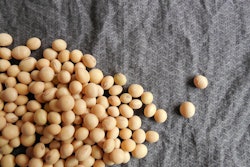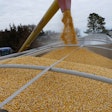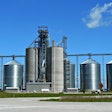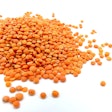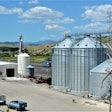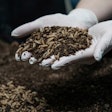The United Nations states that true sustainability must thoroughly address three key issues: social responsibility, environmental friendliness and economic viability.
Starting with social responsibility, this discussion ranges from animal welfare to the animal feed vs. human food debate. There is growing concern that the livestock industry faces significant challenges on many of these social issues. Some are real, and some are based on misperception, emotion, misinformation or lack of information on the part of the consumer and decision makers. It’s time for stakeholders to proactively develop and implement a compelling, factual and effective communications strategy, concentrating on positioning those stakeholders and the industry in a more positive light. There are many industry tools already in place that channel partners can and should use to do just that. Two that I would recommend are the Enough Movement and IFEEDER.
The need for animal-based foods in the human diet is well documented and recognized by science. In order to supply the necessary high-quality proteins and micro nutrients to an ever-growing population, we use renewable resources to produce safe, affordable and abundant food more efficiently today than ever before. However, it seems our biggest challenge in the livestock production industry is the environmental impact challenge. The public questions us “what’s your footprint? ”
As this debate continues, let us stay focused on science and continue to articulate the facts. All food production has an environmental impact. But, let us remember that much of the land, feedstock, fiber and byproducts utilized for livestock simply cannot be used otherwise. The USDA states that in the past 60 years, U.S. agriculture output has increased 250% with the same level of inputs. In the U.S., we continue to improve animal productivity to feed the world with better management, new technology, innovations, genetic improvements, ration balancing to the micronutrient level and stage-of-life feeding, while using more and more byproducts that would otherwise be unusable. We have been, and continue to be, ahead of the curve.
In 2012, the EPA stated that the meat producing industry contributed only 2.1% of our total U.S. greenhouse gas (GHG) emissions. Make no mistake: There are challenges, but we are meeting them head-on.
Meeting balanced human dietary needs with dense protein and nutrients from animal sources is one of the world’s most affordable solutions and remains a reasonable and preferred choice for many. However, it goes beyond diet choice for many of us. Livestock is our way of life; it is our means of making a living. It is truly our personal economic viability. But beyond the personal, the Food and Agriculture Organization estimated in 2012 that 1 billion households worldwide rely on livestock for their income.
It seems clear that the debate on the sustainability of livestock production from an environmental and social acceptance standpoint will continue and will likely escalate. So the question is how do we in agriculture intentionally influence the debate in a way that is informed and empowered with facts, common sense and passion? Our charge going forward is to tell our story well.
Rising to the Challenge
A response to concerns over animal production sustainability
October 1, 2020
Recommended






